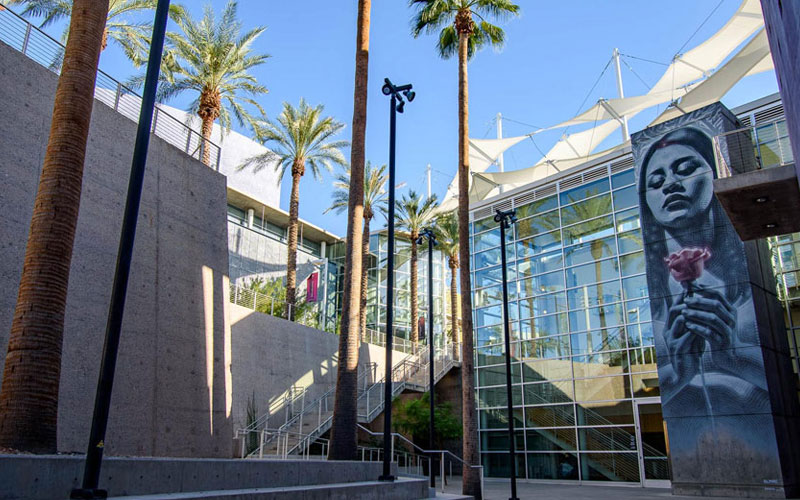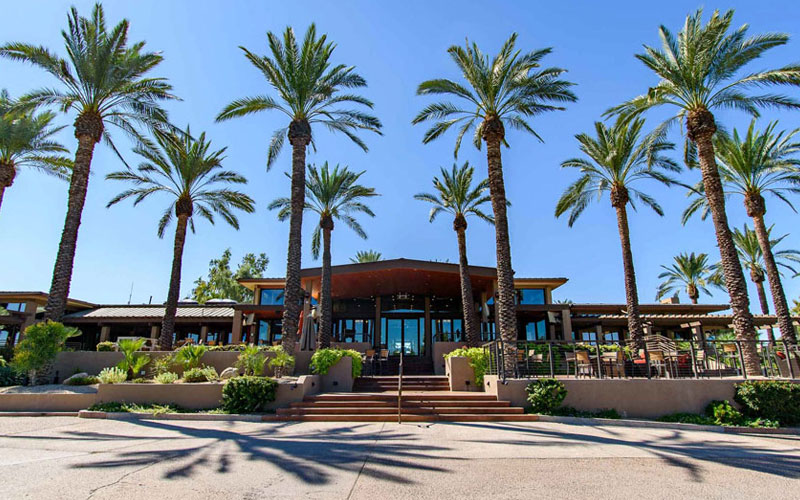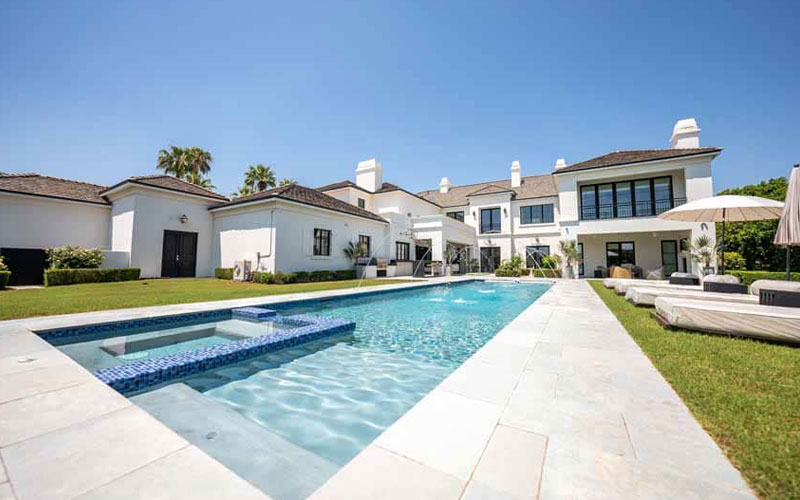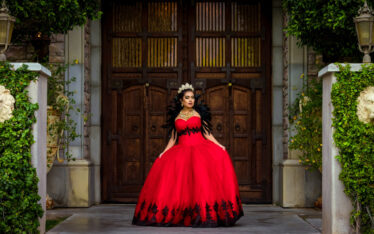Architecture photography is a creative and rewarding field that gives you a chance to explore history as you capture shots of buildings and other structures. This is a distinct type of photography where you need the right equipment and proper techniques. Let’s look at some of the key factors you need to consider when shooting architecture.
Consider Your Purpose
When deciding on the equipment you need and the strategy you’re going to take, you have to be clear about your goals. Are you taking photos for your own pleasure, to build a portfolio, or as an assignment for a specific client? Architectural photography is a great hobby and a way to learn more about the history of a city or neighborhood. However, if you’re building a portfolio for commercial purposes, you should make sure you have the right equipment and a style that will be impressive to potential clients.
Best Cameras for Architectural Photography
In some ways, architectural photography is less complicated than taking photos of, say, people, animals, or sports. With the latter, you need to keep in mind things like motion or facial expressions. While buildings are stationary, they do however, contain many details that require quality equipment. A quality DSLR camera is a good choice for most architectural photographs. It’s best to choose a model with full frame sensors as opposed to crop sensors, which are more suited for taking shots of smaller subjects.
Lenses You Need
As architectural photography is so diverse; you’ll need at least a few types of lenses to make sure you have the right lens for every occasion. Buildings can have all kinds of features that require specialized lenses to capture optimally. Here are a few to consider.
- Prime Lens – A prime lens is a fixed focal length, as opposed to a zoom lens. These lenses, which are generally cheaper than zoom lenses, are good for capturing light as well as DoF (depth of field). They are quite effective for low light environments.
- Zoom Lens – Zoom lenses, like prime lenses, also have advantages for certain types of photographs. You may want to capture distinctive architectural features of a building, such as molding, ornate windows, latticework, or other details. A zoom lens can be ideal for capturing close views of such features.
- Tilt-Shift Lens – These are a type of lens that can be very useful for perspective control. A tilt-shift lens allows you to introduce creative effects such as selective blur into your photos. For example, you may want to blur certain elements in the background or foreground when photographing a building. This can add an artistic effect while keeping the building in focus. They are also great for miniaturization.
- Wide-Angle Lens – A wide-angle lens is a good tool when you’re photographing very large structures or multiple structures. For example, if you want to capture a cityscape or a scene containing several buildings or other elements.
Depending on your style and what you’re shooting, you may want one or more of these lenses in your camera bag. You may want to experiment, capturing the same elements with different lenses and comparing the results. As a rule, it’s always better to be equipped with a variety of lenses so you’re prepared for all scenarios.
Take Advantage of HDR
HDR (high dynamic range) can be an asset when taking architectural photos. HDR can make your photos more dramatic and interesting. It can also help to compensate for the lack of light. With HDR, it’s best to use a tripod to minimize movement.
Be Familiar with Your Setting and Subjects
You can simply approach a structure for the first time and start shooting. However, if you take some extra time to research and explore the subject, you’ll often be able to find more interesting shots. Visiting a spot gives you a chance to get familiar with how it looks from different vantage points. For historic buildings and structures, it’s worth researching them. You might learn about some hidden features.
Get Shots at Different Times
The look of any subject changes depending on the time of day and weather. Architectural subjects are no exception. A building may look very different at sunrise, midday, and sunset. Similarly, a sunny or overcast day will give you very different results. The best way to handle this is to take several trips to your destination and take shots under a variety of circumstances. You can then either choose the ones you like best or, even better, have a wider selection of shots showing your subject under diverse conditions.
Get Creative
If you look at photographs of famous landmarks, such as the Empire State Building, or the Eiffel Tower, you’ll notice that many photos look the same. To avoid taking generic or typical photographs, do what you can to set yourself apart.
- Look at existing photos. Consider how you might take a different approach than other photographers.
- Take a variety of shots from different angles and vantage points.
- Consider shots with additional subjects, such as people or animals (e.g birds perched on the roof or a windowsill). These elements help to make your shots distinctive and add extra interest and context.
As with other types of photography, the best way to hone your abilities is to take plenty of photos and experiment with different cameras, lenses, and subjects. As you build your portfolio, you’ll gain confidence and develop your own unique style.








